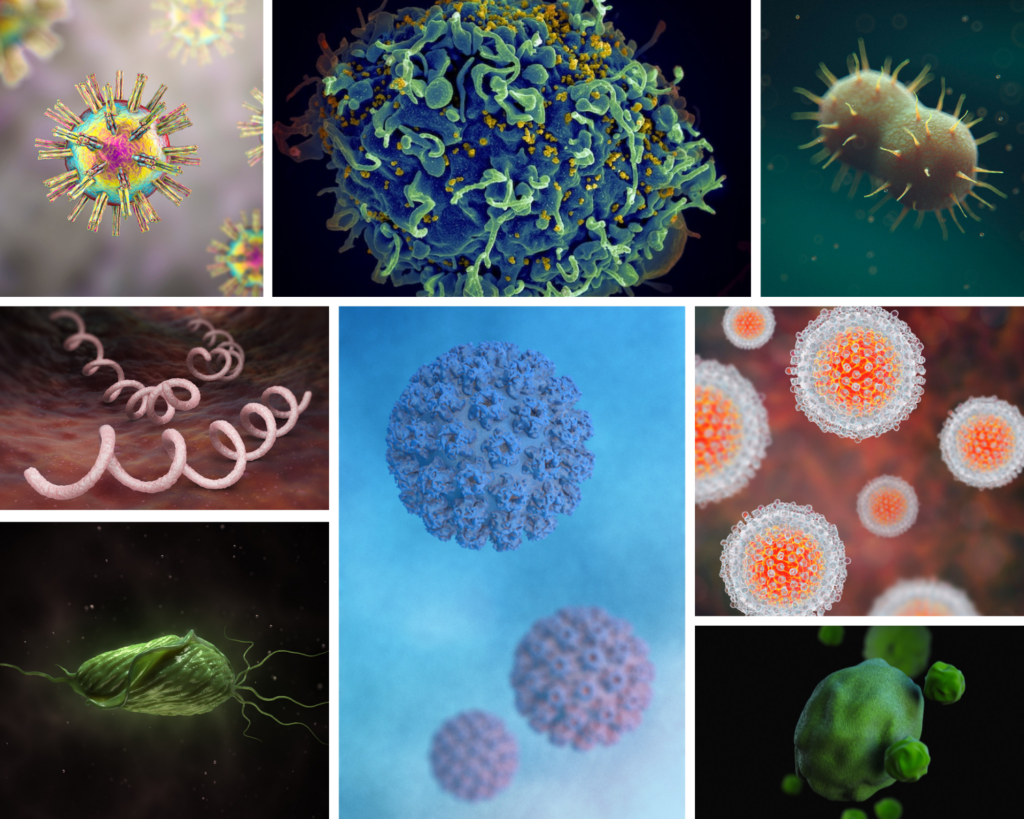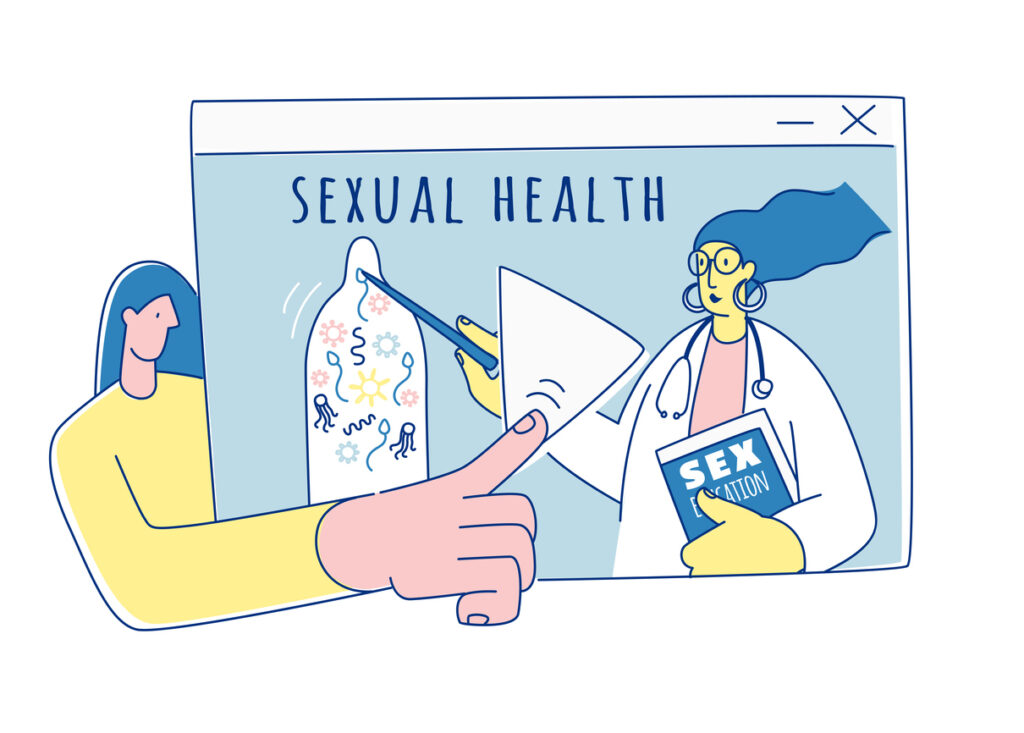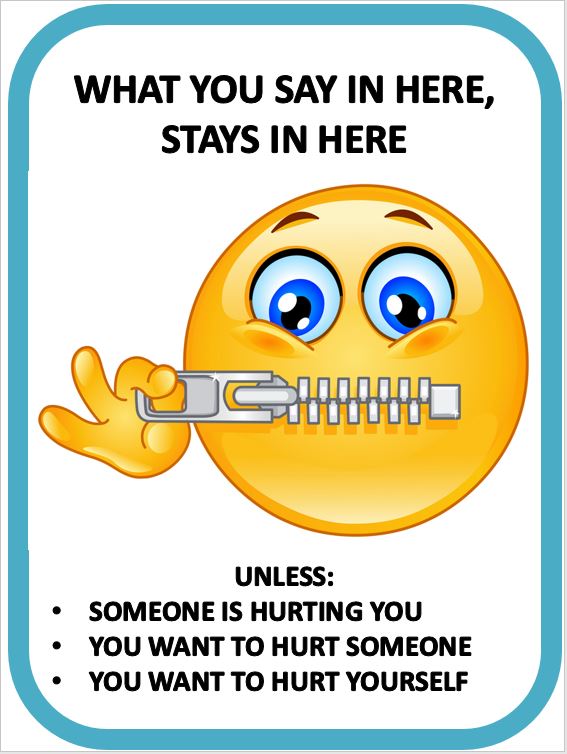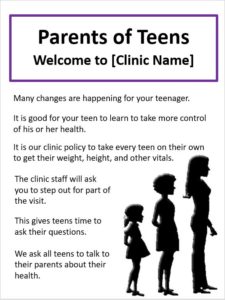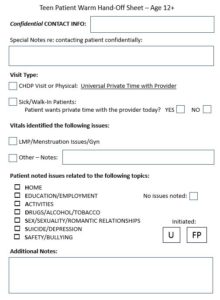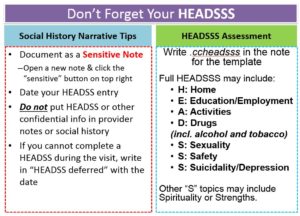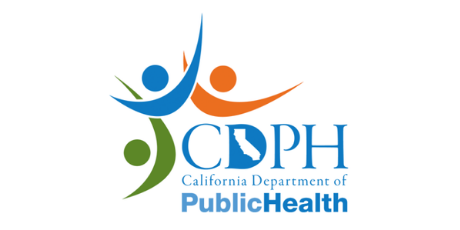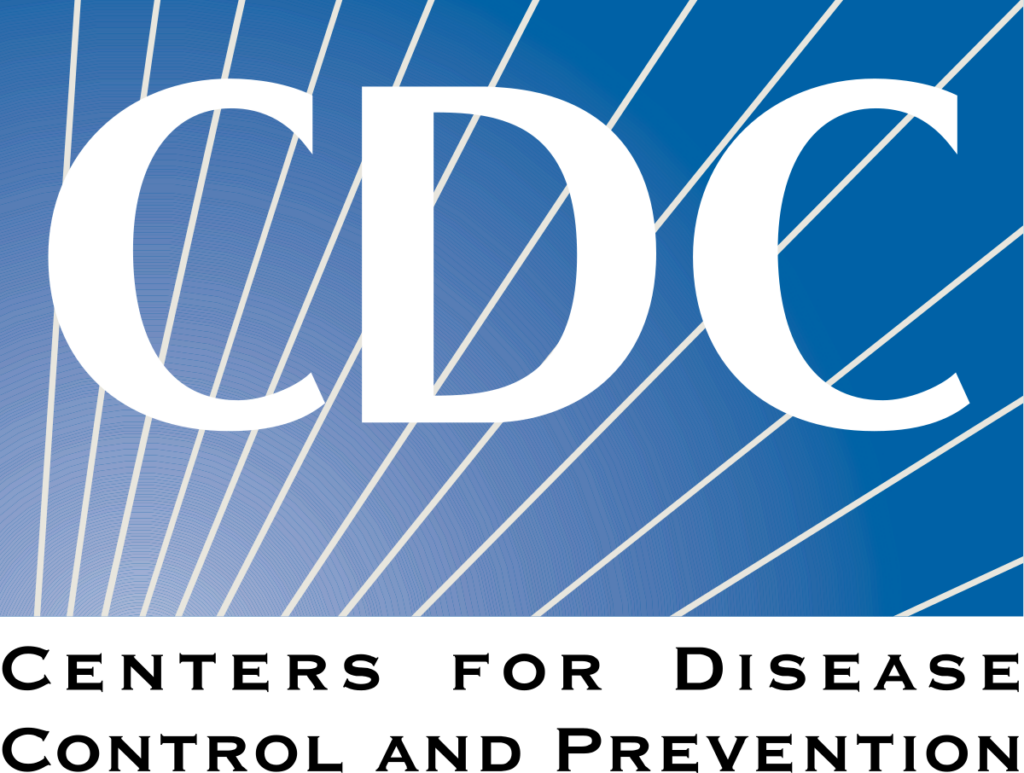On hold due to COVID-19. Will resume as soon as it is safe to do so.
Social determinants of health are important factors to address in HIV prevention, treatment, and care programs. These determinants, such as racism, homophobia, lack of education, poverty and inadequate housing contribute to the vast HIV infection disparities in the United States. Structural interventions (SIs) can influence social determinants by increasing availability, accessibility and/or acceptability of HIV resources and services. They can also provide effective mechanisms for organizational change.
This two-day course uses didactic and interactive exercises to apply SI concepts to HIV prevention, treatment, and care programs. Focusing on the HIV Prevention in Care Continuum, participants will use a specialized logic model to develop a plan for implementing a structural intervention in their work setting.
